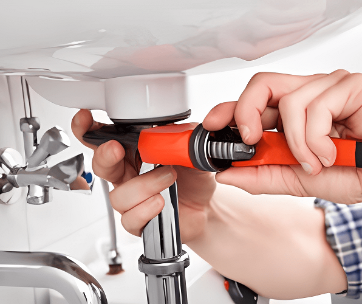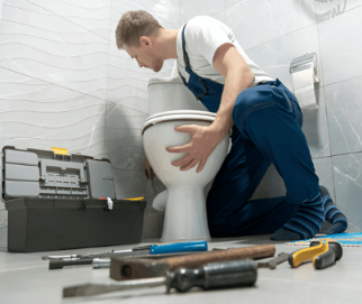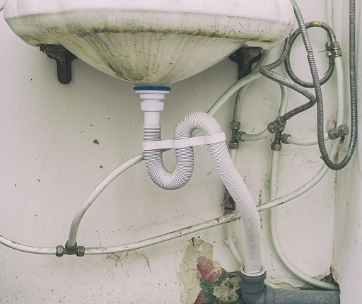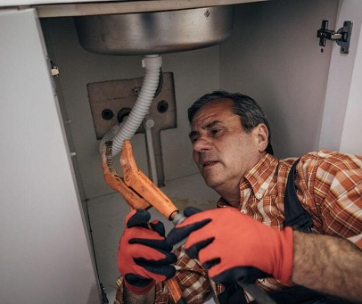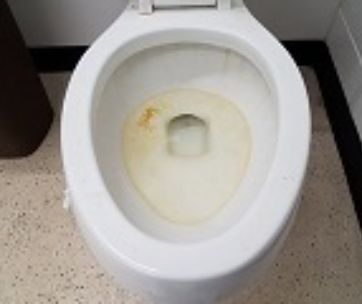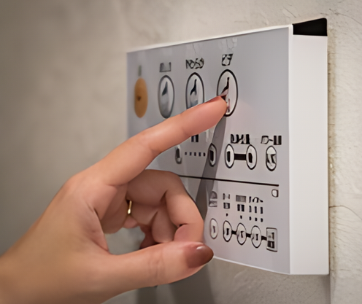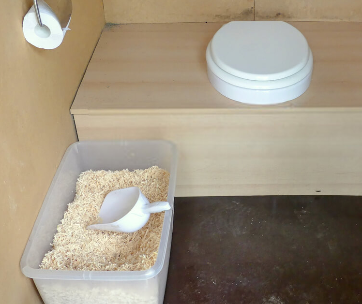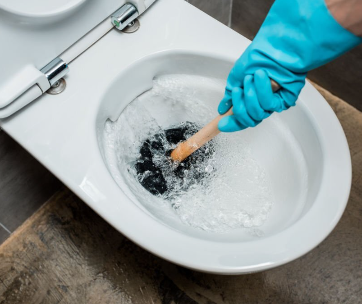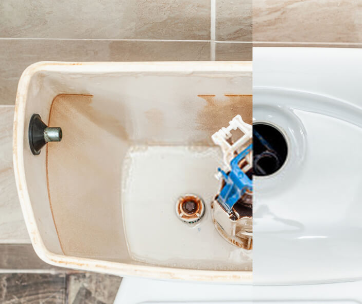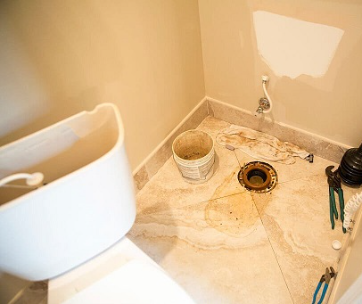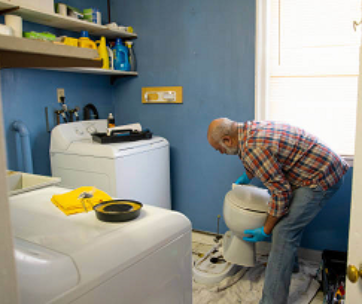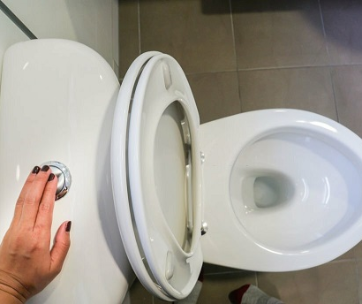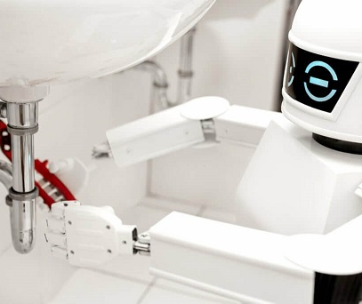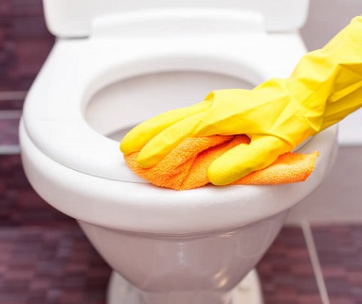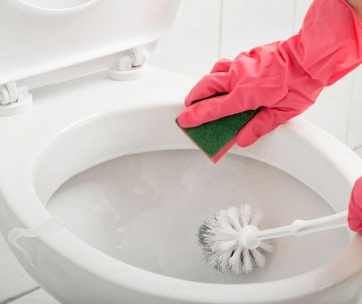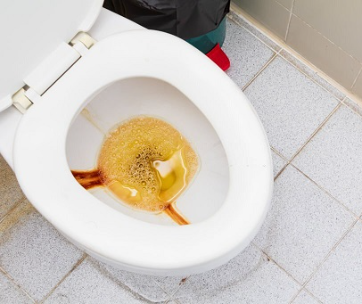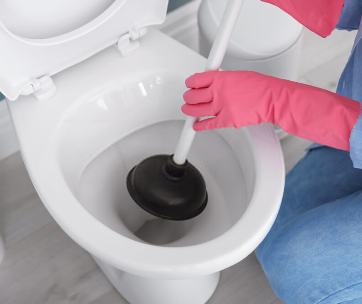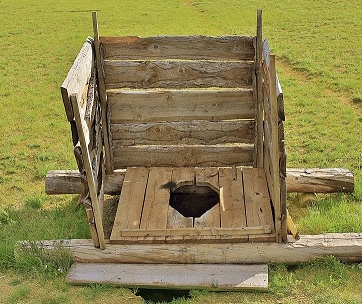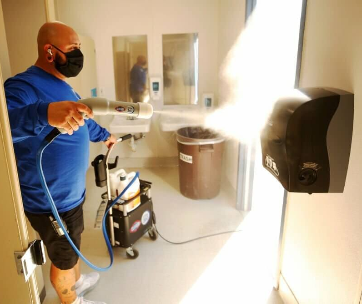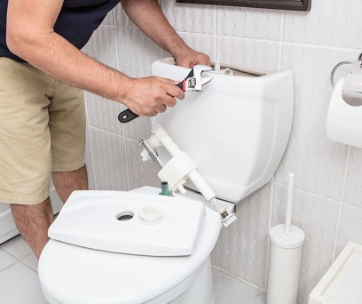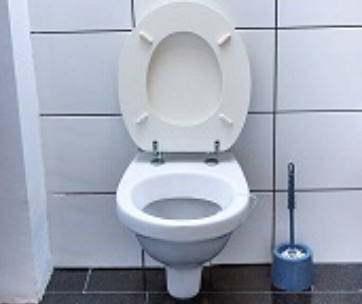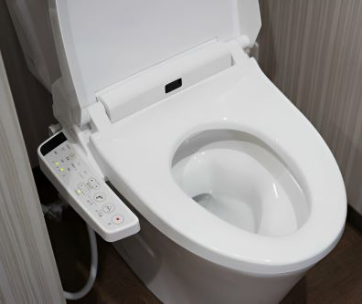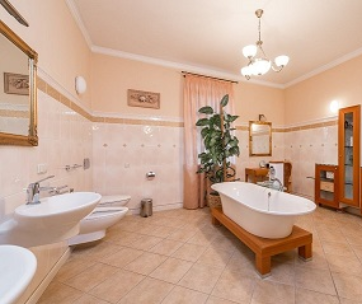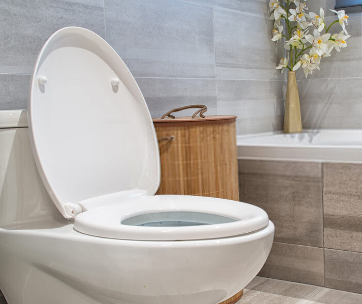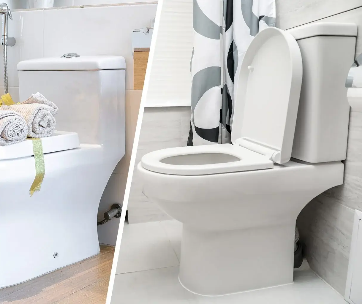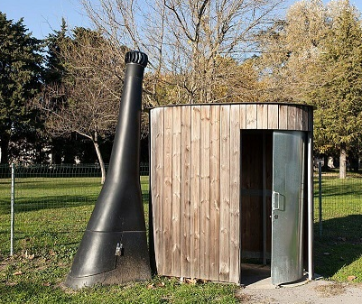Composting toilets are an excellent option as an alternative to a traditional flush toilet. The toilets are environmentally friendly and break down human waste through a natural process, transforming the waste into compost rich in nutrients. The entire process is facilitated by the use of heat and moisture which work together to ensure a successful decomposing process.
These types of toilets can be divided into two types.
Self-contained decomposing toilets and centralized decomposing toilets.
Self-contained composting toilets are designed to operate independently, while centralized systems require a separate composting unit. The choice between these two types depends on the size and location of the installation.
What are the best types of decomposing toilets in the markets?
Nature Head Self-Decomposing Toilets
This is among one of the best composting toilets available. The toilet is compact, easy to install, and suitable for both indoor and outdoor use. It uses a urine-separating design to prevent odor and facilitate the composting process. The compost can be emptied every few months, depending on usage.
Separett Villa 9200 AC/DC Decomposing Toilet
Another great option is the Separett Villa 9200 AC/DC Composting Toilet. This toilet uses a fan to create a vacuum, which separates the solids from the liquids. The solids are then transported to a composting chamber, diverting the liquids to a separate container. The Separett Villa 9200 is versatile and can be used in cabins, boats, or homes.
This is a popular choice for RVs, tiny homes, or off-grid living.
The composting process involves separating solid waste from liquid, which is achieved through the use of a crank handle. This crank handle is used to mix and aerate the composting material, which is then separated into two different chambers. One chamber is dedicated solely to solid waste, which is composted with the help of peat moss or coconut coir.
The mixing and aeration process is crucial to the composting process, as it helps to break down the solid waste and encourage the growth of beneficial microorganisms. By separating the liquid from the solid waste, the composting process is made more efficient, as the solid waste can be left to decompose without interference from the liquid.
Sun-Mar Excel Electric Decomposing Toilet
The Sun-Mar Excel Electric Composting Toilet is a highly efficient toilet designed with durability and reliability in mind. It's unique design allows for the continuous composting of waste, making it an ideal solution for those looking for an eco-friendly toilet that reduces waste and saves water.
The toilet uses continuous composting to break down waste into usable compost. This process is aided by a heating element that assists in the evaporation of liquids, and a fan that helps in venting out odors and moisture. Composting occurs in a separate chamber, ensuring the toilet can be used continuously without interruption.
The Sun-Mar Excel Electric Composting Toilet is an excellent choice for those looking for a toilet that is easy to install, operate, and maintain. Its innovative design makes it possible to use the toilet without any need for external plumbing, making it an ideal solution for remote locations or off-grid living. Furthermore, the toilet is easy to clean, ensuring that it remains hygienic and odor-free at all times.
Separett Villa 9215 AC/DC Composing Toilet
The Separett Villa 9215 AC/DC Composting Toilet is a highly versatile and efficient toilet used in both on-grid and off-grid locations. This composting toilet works by separating the solid and liquid waste. When you use the toilet, the solid waste is directed into a container that contains composting material, where it is broken down into usable compost over a period of time. On the other hand, the liquid waste is diverted separately, either to an external holding tank or directly into a drain.
One of the best features of the Separett Villa 9215 AC/DC Composting Toilet is its small fan, which ensures that there is roper airflow inside the unit. This helps to control any unpleasant odors that may arise during use. The toilet also has a comfortable seat, making it easy and convenient to use.
The toilet is a reliable and eco-friendly solution for your toilet needs. Whether living off the grid or simply looking to reduce your environmental impact, this toilet is an excellent choice.
How do decomposing toilets work?
Let's take a deeper look at how they work
Separation process
To optimize the decomposition process, the liquid and solid waste are separated into different streams. This ensures that the waste is treated effectively, as liquid and solid waste have different decomposition rates and require different treatment methods. Separating the two helps to reduce the overall processing time and energy required, resulting in a more efficient and effective waste management system.
Aeration process
During decomposition, microorganisms break down the complex organic matter into simpler compounds. This process is called mineralization, generating heat, and accelerating the decomposition rate.
The time frame for the decomposition process can vary depending on various factors such as temperature, humidity, and the type of organic matter. Under favorable conditions, such as warm temperatures, high humidity, and aeration, the decomposition process can take only a few weeks. However, under unfavorable conditions, such as cold temperatures or low oxygen levels, the process can take several months or even years.
Material decomposing process
To achieve optimal composting results, users often add bulking agents to their compost piles. Bulking agents such as peat moss, coconut coir, sawdust, or specially designed composting material serve several purposes. Firstly, they absorb excess moisture, which can lead to a soggy compost pile that does not decompose properly.
Secondly, they improve the airflow within the pile, allowing oxygen to reach the microorganisms that break down the organic matter. Finally, they facilitate the decomposition process by providing a source of carbon that balances the nitrogen-rich organic material being added to the pile. By incorporating bulking agents into their composting routine, users can create a nutrient-rich soil amendment perfect for use in gardens, lawns, and other landscaping applications.
Microbial Activity process
When organic waste decomposes naturally, the bacteria and other microorganisms within the waste begin to break down the organic matter. This process of decomposition generates heat, which helps to accelerate the breakdown of the waste materials. As the microorganisms consume the organic matter, they release byproducts such as carbon dioxide, water, and other compounds that contribute to the decomposition process. In addition, the heat generated during decomposition helps create an environment conducive to the growth and multiplication of the microorganisms, leading to a faster breakdown of the waste materials.
Decomposing timeframe
The process of decomposition in a composting toilet is a complex and natural process that involves the breakdown of organic matter through the action of bacteria, fungi, and other microorganisms. This process can take anywhere from several weeks to several months, depending on various factors.
One of the most important factors is temperature. The microorganisms responsible for decomposition work best at temperatures between 60- and 80 degrees. If the composting toilet is located in an area with a colder climate, the decomposition process may take longer.
Another critical factor is airflow. The bacteria and other microorganisms responsible for breaking down the organic matter require oxygen to survive. If the composting toilet is not adequately ventilated, the decomposition process may slow down or even stop altogether.
The design of the composting toilet is also an essential factor. Some composting toilet designs are more efficient than others at promoting the decomposition process. For example, some designs use a rotating drum or other mechanism to mix the organic matter and encourage airflow, while others rely on gravity to move the material through the system.
Conclusion
Apart from providing a hygienic means of disposing waste, composting toilets provide a natural process that involves the breakdown of organic waste materials, such as food scraps, leaves, and grass clippings, into a nutrient-rich soil amendment. The process is facilitated by microorganisms, including bacteria and fungi, which feed on the organic matter and convert it into a dark, crumbly substance known as compost. This compost is a valuable resource for gardeners and farmers, as it contains a range of essential nutrients, including nitrogen, phosphorus, and potassium, that plants need to grow.
In addition to providing a source of high-quality fertilizer, composting toilets offer an environmentally beneficial practice that helps to reduce the amount of waste that ends up in landfills. By diverting organic waste from the waste stream, composting toilets are designed to reduce greenhouse gas emissions and help to mitigate climate change. It also reduces the amount of methane gas that is produced by decomposing human waste in landfills, which is a potent greenhouse gas that contributes to global warming.
Composting toilets is a safe and effective way to dispose of human waste that does not harm the environment. Unlike traditional waste disposal methods, such as incineration and landfilling, composting does not release harmful chemicals or pollutants into the air or water. Instead, it relies on natural processes to break down organic matter and create a valuable resource for agriculture and horticulture.
When the toilet is used in non-food gardens, compost improves soil structure, promotes healthy plant growth, and reduces the need for chemical fertilizers. By adding the compost to the soil, gardeners can improve soil health and fertility, which in turn leads to stronger and more vigorous plants. Composting toilets also helps to reduce soil erosion and promotes water retention, which is especially important in dry or arid regions.
In a nutshell, composting toilets is a valuable and environmentally beneficial practice that offers a range of benefits for both humans and the planet. The toilets are a sustainable and eco-friendly option for managing human waste, as they rely on natural processes to break down waste into compost and improve soil health. With a variety of types and designs to choose from, composting toilets are a versatile and effective solution for a range of applications and locations.






